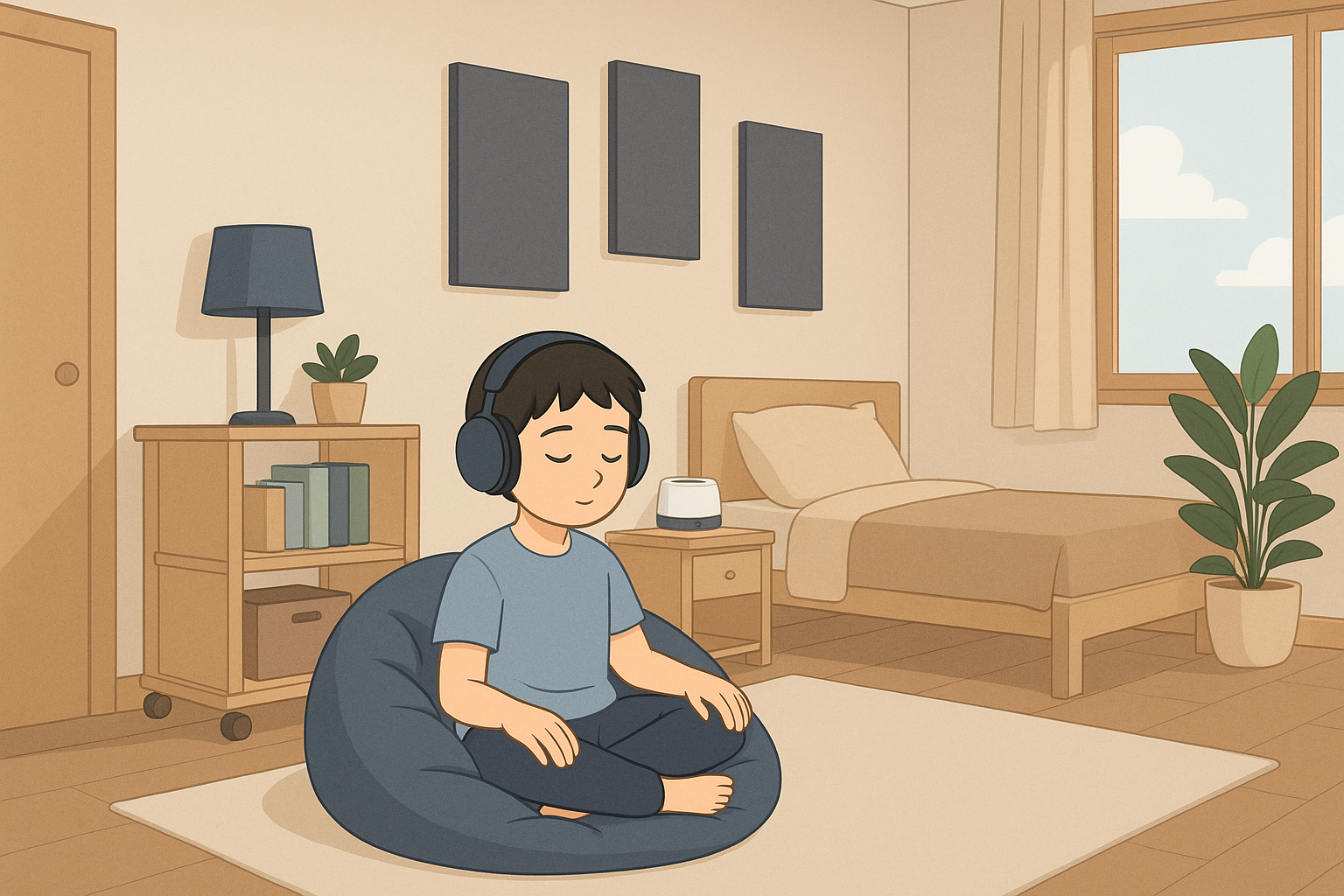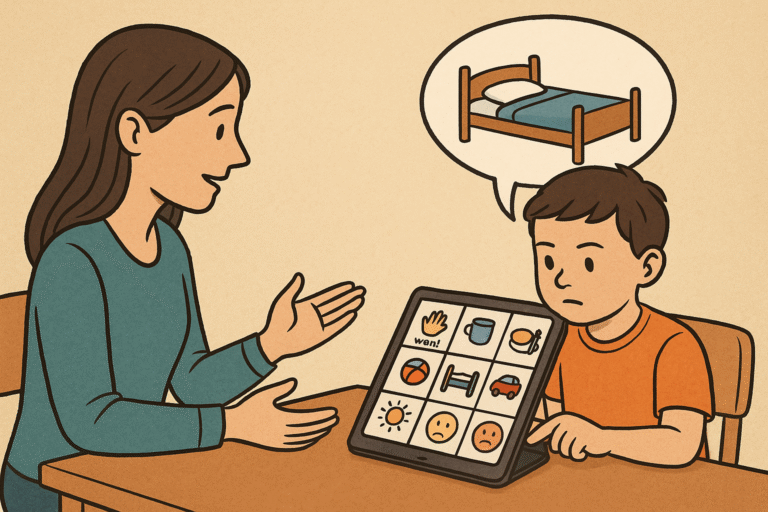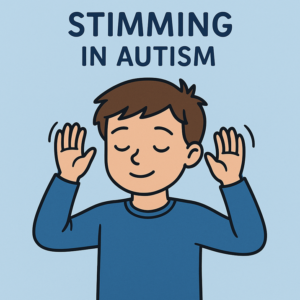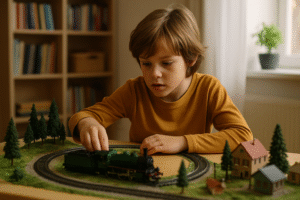Autism and noise sensitivity often go hand in hand, affecting how individuals on the spectrum experience their environment. For many autistic people, everyday sounds that others may barely notice can be overwhelming, distressing, or even physically painful.
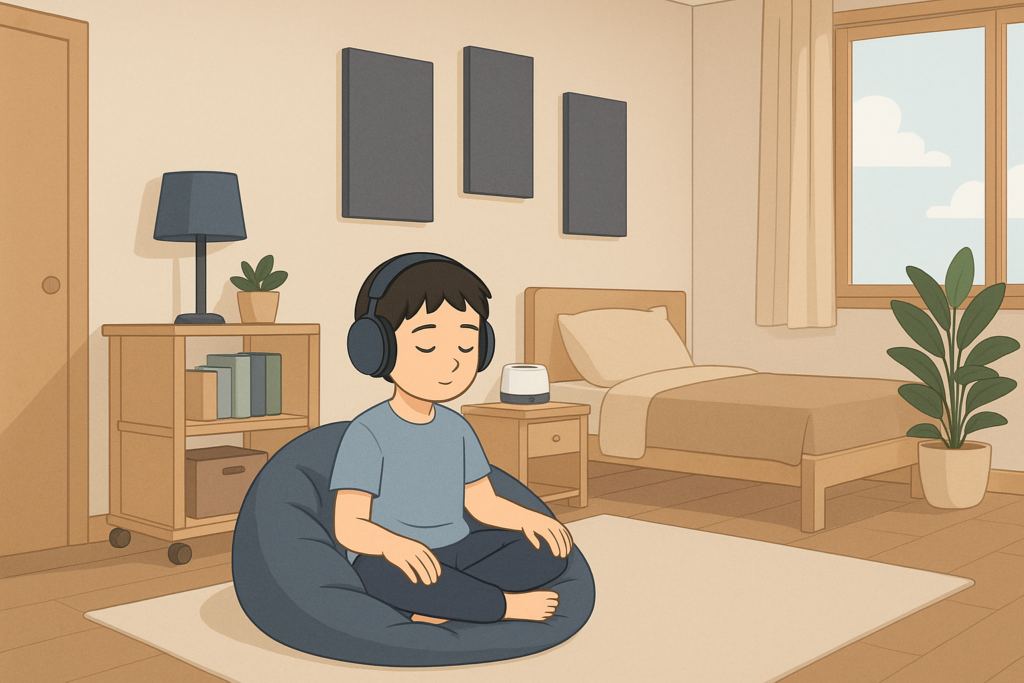
Understanding how to create a calm, noise-sensitive environment can significantly improve comfort, focus, and overall well-being.
Understanding Autism and Noise Sensitivity
Noise sensitivity, or hyperacusis, is a common trait in individuals with Autism Spectrum Disorder (ASD). It refers to an increased sensitivity to normal environmental sounds such as vacuum cleaners, school bells, sirens, or even casual conversation. Unlike typical sensory processing, where the brain filters out unimportant noise, an autistic brain may process all incoming auditory information equally—resulting in sensory overload.
This can lead to:
- Irritability and meltdowns
- Difficulty concentrating
- Anxiety in noisy environments
- Avoidance of social or public spaces
Noise sensitivity is not just a preference—it is often a neurological response. Creating a calm environment tailored to these needs is crucial for supporting autistic individuals at home, in school, and in the workplace.
Why Creating a Calm Environment Matters
A calm, predictable, and quiet environment can help reduce stress, prevent meltdowns, and increase engagement for individuals with autism. According to Autism Speaks (DoFollow), sensory-friendly spaces promote emotional regulation and allow for better participation in daily tasks and learning.
Simple Environmental Changes to Reduce Noise Triggers
Use Noise-Cancelling Tools
Noise-cancelling headphones or earmuffs can dramatically reduce auditory overload. These tools are especially helpful in environments like:
- Classrooms
- Shopping malls
- Public transportation
- Workplaces
They allow individuals to block out distracting or distressing background noise while still participating in activities.
Create a Designated Quiet Zone
Establish a safe, quiet space where an autistic person can retreat when feeling overwhelmed. This space should be:
- Free of loud electronics
- Painted with calming, neutral colors
- Furnished with soft materials like beanbags or cushions
- Equipped with sensory tools like weighted blankets or fidget items
This sensory sanctuary provides a predictable refuge from overstimulation.
Soften Ambient Noise
Even minor background noise like a ticking clock or humming refrigerator can be a source of distress. To reduce these:
- Use soft-close doors and drawers
- Place rugs or carpeting to absorb sound
- Choose soft lighting to avoid buzzing fluorescent bulbs
- Turn off non-essential electronics when not in use
Soundproofing Options
More permanent modifications to reduce echo or sound reflection can include:
- Acoustic panels or foam on walls
- Heavy curtains
- Door sweeps and window seals
- White noise machines to mask sudden or jarring sounds
These measures can be particularly useful in bedrooms, therapy rooms, or study areas.
Supporting Children With Autism and Noise Sensitivity at School
Schools are often noisy and unpredictable, making them challenging for autistic students. Educators and caregivers can support sensory needs by:
- Allowing headphones during lessons or assemblies
- Seating the student away from high-traffic areas
- Using visual rather than auditory signals when possible
- Offering sensory breaks during transitions
Teachers can collaborate with occupational therapists to implement sensory integration techniques that support learning and emotional regulation.
For more on inclusive educational strategies, visit the National Autistic Society (DoFollow).
Family Strategies at Home
Parents play a central role in adapting the home environment. Consider these steps:
- Identify and track noise triggers using a sensory log
- Prepare a calm-down plan with the child for overwhelming moments
- Use visual schedules to reduce anxiety caused by unexpected sounds
- Introduce quiet times in the day where all household noise is minimized
Families can also benefit from connecting with others through local autism support groups or websites like 0Autism.com (Internal Link), which offers practical guides and resources.
Workplace Accommodations for Autistic Adults
Autistic adults may find typical office environments overstimulating. Employers can make small changes that lead to significant improvements, such as:
- Providing noise-reducing headsets
- Allowing flexible hours to avoid peak noisy times
- Creating quiet zones or allowing remote work
- Avoiding loud announcements or alarms
Fostering sensory inclusion not only supports the individual but enhances productivity and workplace morale.
For more on neurodiversity at work, check out Harvard Business Review’s article on Autism at Work (DoFollow).
When to Seek Professional Help
In some cases, noise sensitivity may be so intense that it disrupts daily life. Occupational therapists trained in Sensory Integration Therapy can help:
- Desensitize specific sound triggers
- Build coping strategies
- Introduce controlled exposure techniques
Working with a professional ensures that strategies are personalized and safe, particularly for children who may not fully articulate their discomfort.
Final Thoughts on Autism and Noise Sensitivity
Autism and noise sensitivity are deeply connected through the lens of sensory processing. But with intentional changes to environments—both at home and beyond—it is possible to create spaces where autistic individuals feel calm, safe, and empowered.
Whether it’s through headphones, quiet zones, or improved awareness from caregivers and coworkers, the goal is not to force adaptation but to embrace neurodiversity through understanding and support.
Creating noise-conscious environments benefits everyone, but for those with autism, it can make the world feel a little more manageable—one sound at a time.

